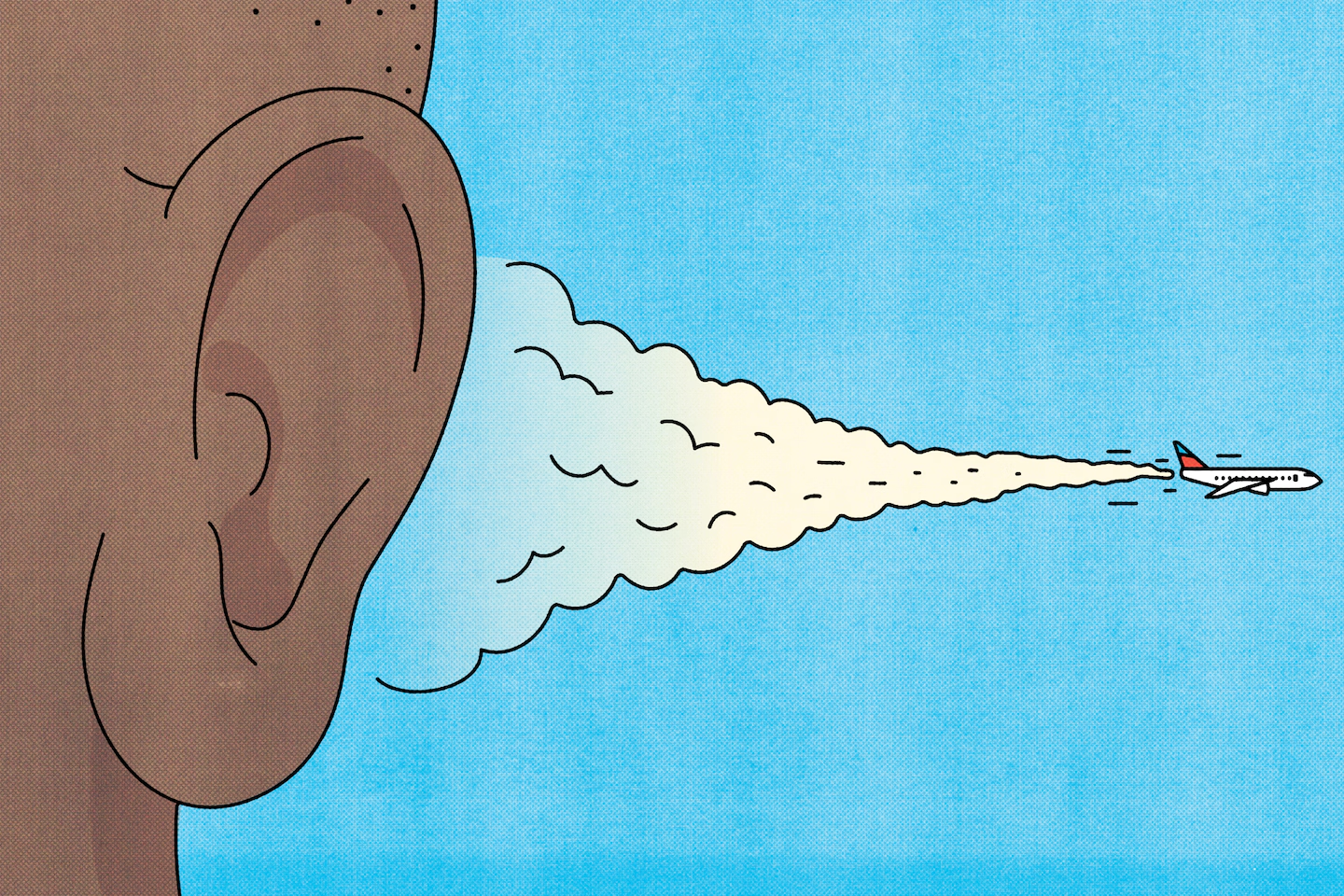“Thankfully, the noise levels passengers experience on most commercial airplanes are at safe levels,” Konstantina Stankovic, a professor of otolaryngology at Stanford University, said in an email. “However, sound levels can be uncomfortable and sometimes potentially harmful
Noise has health consequences
Loud sounds can damage the “delicate cells in the cochlea, which is the hearing organ” inside our ear, said Stankovic, who wrote a 2023 review on noise-induced hearing loss.
Sensory cells in our cochlea — called hair cells for the tiny filament-like structures protruding from the top of their cell surface — bend to the sound waves that hit our eardrums and translate them into electrical signals that are sent to auditory regions of our brain allowing us to hear.
Loud noise can physically damage the cochlea and overstimulate the sensory cells, which, if sustained over time, can damage or even kill them, leading to temporary or permanent hearing loss. Short bursts of extra-loud noise can also cause impairments.
Humans and other mammals are unable to replace these hair cells once they are damaged or lost. According to a 2024 study, approximately 1 in 5 Americans have hearing loss, which is a leading cause of disability.
In addition, noise also has nonauditory health impacts including sleep disturbances, increases in hypertension and cardiovascular health, as well as cognitive impairment.
The discomforts of noisy flights
Inside an airplane cabin, the noise is typically around 75 to 85 decibels during flight, according to research studies that directly measured sound levels inside different passenger aircraft. During takeoff and landing, when the engines are most engaged, the sounds are often louder and can peak over 110 decibels at times.



